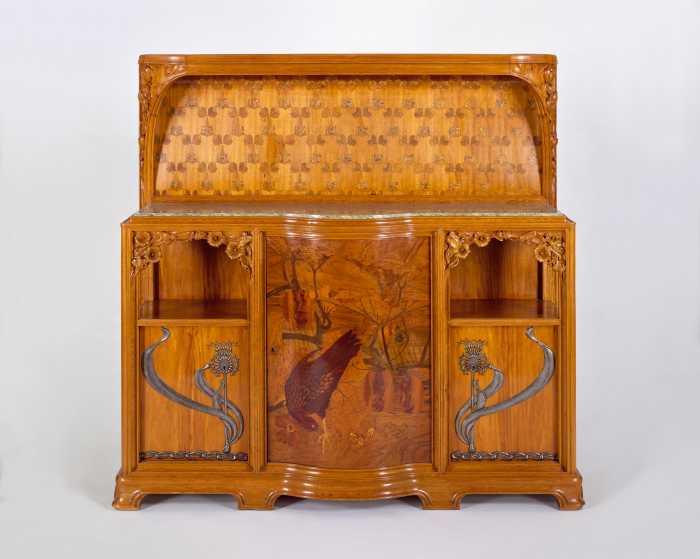Coney Island’s concrete Boardwalk isn’t what it’s cracked up to be.
Critics of the concrete installed by the city to ensure a longer life along sections of Coney Island’s historic and formerly all-wooden Boardwalk say cracks in the one-and-a-half-year-old slabs prove they can’t stand the test of time.
“The concrete is falling apart. There’s cracks everywhere,” said Todd Dobrin, president of Friends of the Boardwalk, a group that opposes the use of concrete on the Boardwalk. “They’re getting worse by the minute.”
The cracks can be found in the two areas of the Boardwalk where the Parks Department replaced aging wooden planks with strips of concrete: between W. 37th Street and W. 33rd Street, and between Ocean Parkway and Brighton First Street.
There are too many to count, though Dorbin estimates there are several hundred, if not more.
The work — which was started in February of 2010, and is being completed in phases — is part of the city’s ongoing $30 million renovation of the aging 88-year-old seaside walkway, which stretches from Coney Island to Brighton Beach.
An earlier phase replaced a section of Steeplechase Pier with recycled plastic lumber last year — though the city opted not to replace the wooden boardwalk in front of Coney’s iconic amusement district, a favorite with tourists.
The only section left to redo is a stretch between Coney Island Avenue and Brighton 15th Street.
Parks officials proposed decking the Brighton Beach span in recycled plastic lumber, with a concrete runway down the middle wide enough to accommodate emergency vehicles, but a local panel rejected the plan in March because of the concrete component.
Now preservationists are using evidence of wear and tear to concrete portions of the boardwalk in Coney Island to argue the city should abandon the idea in Brighton Beach and go with synthetic lumber — or simply leave the wooden planks untouched.
“A boardwalk is not a boardwalk without wood,” said Rob Burstein, the founder of the Coney-Brighton Boardwalk Alliance.
Brighton Beach resident Bruni Figueroa said concrete would ruin the boardwalk across from her home — especially if it falls into disrepair. “The cracks [in the concrete boardwalk] are getting larger and larger,” she said.
Parks Department spokeswoman Meghan Lalor disputed concrete-haters’ claims, saying the damage so far has been minimal.
“There are minor hairline cracks, which are not structural in nature and pose no safety issues,” she said.
Lalor said concrete is a sturdier, less expensive option than replacing the boardwalk’s worn planks with real wood; concrete costs $90 per square-foot, she said, compared to wood which costs $138 per square-foot.
Lalors said a final design for the Brighton Beach boardwalk is expected by the end of the year.

























